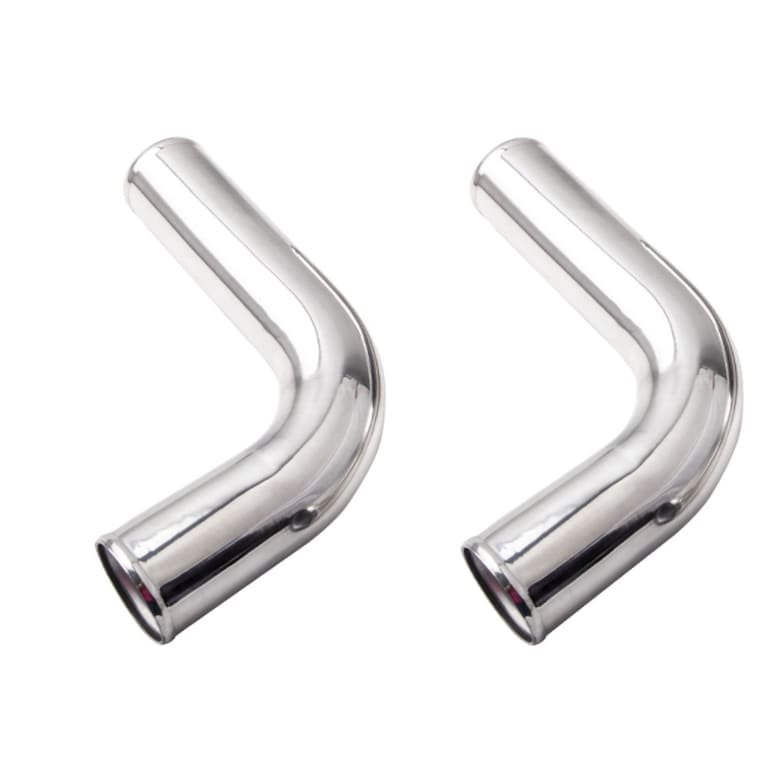Aluminum tubing has many advantages, including high strength, lightweight, and rust and corrosion resistance. These advantages make it commonly used in various industries. Bend aluminum tubing 90 degrees is a common requirement in manufacturing, construction, and marine projects, but it can also cause cracks or kinks. Let’s explore specific methods.
To bend aluminum tubing 90 degrees without damaging it, first choose the right tools, such as a mandrel bender, for precision. For thin-walled tubing, fill it with sand or use a bending spring to prevent kinking. Heating the bend area with a blowtorch softens the metal for easier forming, but avoid overheating to maintain strength.

So how should you choose tools to prevent incorrect bends?
How can you bend aluminum tubing without kinking?
Kinking is a common problem when bending tubing, especially with softer metals like aluminum.
Pack with dry sand—Completely fill the tubing and seal both ends. This internal support prevents wall collapse.
Use a mandrel bender—The internal mandrel supports the tubing during the bend, maintaining a consistent inner diameter.
Try bending springs—slide them inside the pipe to distribute the bending pressure.
These methods are essential when working with thin-walled tubing, whether you’re using a 1-inch aluminum tube bender or a larger setup.
A Step-by-Step Guide to Bend Aluminum Tubing 90 Degrees
Step 1 – Measure and Mark the Bend
- Use a mark to clearly indicate where the bend should begin.
- Double-check your measurements to avoid costly mistakes.
Step 2 – Prepare the Tube
- For thin-walled tubing, fill with dry sand and seal both ends, or insert a bending spring.
- Wear gloves and safety glasses before handling tools or heat.
Step 3 – Position in the Bender
- Place the tube in the aluminum tube bender or mandrel bender, aligning the marked line with the bending die.
- Make sure the tube is firmly and evenly seated.
Step 4 – Heat (Optional, but Recommended for Sharp Bends)
- Gently heat the bend area with a blowtorch until it is warm and no longer glows.
- If using the soap method, heat until the soap mark turns black.
Step 5 – Perform the Bend
- Pull the bender handle firmly and steadily until the 90-degree mark is reached.
- Avoid jerky movements, which can cause uneven bends or kinks.
Step 6 – Inspect and Adjust
- Check the angles with a protractor or square.
- If the bend is slightly underbent, make small corrections; avoid overbending, which can weaken the material.
Step 7 – Remove Supports and Clean
- Empty the sand or remove the bending spring.
- Wipe the tube and inspect for cracks or surface marks.
Can aluminum tubing be bent by hand?
Yes—but only under the right conditions. Thin-walled aluminum tubing with a diameter less than ¾ inch can be bent manually if:
- Use an aluminum tube bender designed for hand action.
- Apply steady, even pressure rather than forcing the bend quickly.
- Use sand or springs to support the tubing to prevent deformation.
- For thicker tubing, hand bending becomes impractical and risks damaging the material.
What is the best tool for bending aluminum tubing?
Your choice depends on the diameter, wall thickness, and bend radius:
- Handheld tube bender—For small-diameter, thin-walled tubing.
- Hydraulic press brake—Excellent for heavy-duty work and precise 90-degree bends.
- Mandrel Benders—The gold standard for consistent, high-quality bends without kinking.
- Roll Benders—For gradual curves rather than sharp angles.
For example, a 2-inch aluminum tube bender is essential for large-diameter structural tubing.
Do you need to heat the aluminum to bend it?
Heating aluminum temporarily softens it, making it easier to form. A blowtorch works well, but remember:
- Moderate heat is key—overheating reduces tensile strength.
- Annealing Method—Rub soap on the tubing, heat until it turns black, and then bend while hot.
- Always wear gloves and goggles when working with high temperatures.
Summary
Bending aluminum tubing 90 degrees requires thorough preparation, the right tools, and accurate measurements to avoid damaging the tubing. With this understanding, we hope you can achieve high-quality 90-degree aluminum tubing bends that meet the specific needs of your application.
If you need 45 Degree Aluminum Elbow, 90 Degree Aluminum Elbow, 180 Degree Aluminum Elbow, etc., please contact us, we provide the best price and the best quality.





